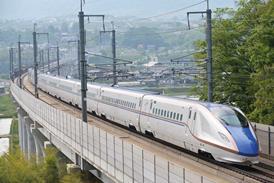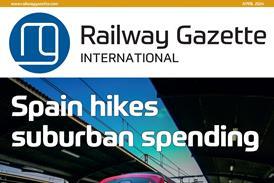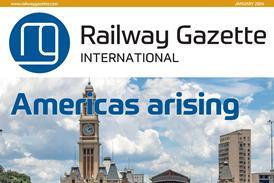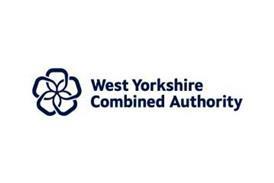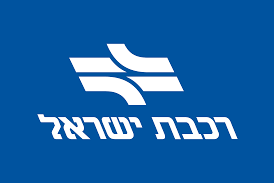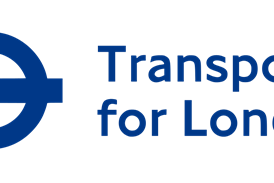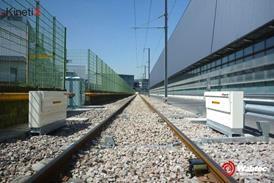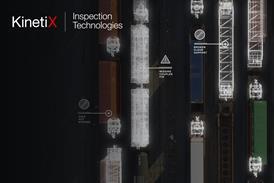
LITHUANIA: The Kaunas Intermodal Terminal opened to commercial freight traffic on July 19, with Prime Minister Ingrida Šimonytė amongst the guests at a ceremony welcoming the arrival of a 1 435 mm gauge train loaded with containers and semi-trailers from the Netherlands.
Work began in spring 2019 to modernise the rail network around Kaunas to enable standard gauge trains from Poland to reach the terminal at Palemonas and to accommodate the future standard gauge main line to Latvia and Estonia, which is being developed as the Rail Baltica Global Project.

Investment for the terminal included the renewal of 3·6 km of 1 520 mm gauge track, and laying 9 km of new 1 435 mm gauge track. A tunnel was modernised with 2 km of dual-gauge track, four underpasses built and noise mitigation measures installed.
‘It is not an exaggeration to say that reconstruction of the Kaunas railway node and its adaptation to the needs of Rail Baltica was one of the most complex recent railway infrastructure projects in Lithuania’, said Karolis Sankovskis, CEO of infrastructure manager LTG Infra. He said the experience gained would be helpful for the construction of Rail Baltica, and called for ‘active participation of the entrepreneurs of Lithuania as well as the rest of the Baltic region’ in tendering for works.
Agnis Driksna, Chair & CEO of tri-national Rail Baltica project promoter RB Rail, said the opening of KIT capitalises on the 1 435 mm gauge connection between the Polish-Lithuanian border and Kaunas that was completed in 2015. It enables freight shipments to begin before the full Rail Baltica Global Project infrastructure is finished, which ‘will allow us to start developing the initial business case for the long term development of freight logistics along the Rail Baltica corridor’.
Procurement for the future Rail Baltica main line between Kaunas and the Polish border as well as the branch from Kaunas to Vilnius is to begin this year, she added.
Environmental and economic importance
Mantas Bartuška, CEO of national railway LTG, said the standard gauge freight connection is of environmental as well as economic importance.
‘The EU has officially stated that in order to reduce CO2 emissions, freight must be transported by train or ship over a distance of more than 300 km, and road vehicles should function as the last mile transport. The connection of the European-gauge railway to the KIT opens up additional opportunities for the development of ecological railway transport, thus reducing the CO2 emissions of trailers and freeing up motorways’, Bartuška said.
LTG sees a significant opportunity for modal shift, with 24 million tonnes of freight a year currently crossing the Poland-Lithuania border by road.
LTG Cargo and its Polish partner PKP Cargo plan to operate four trains per week between Railport Brabant at Tilburg in the Netherlands and Kaunas, covering 1 700 km in around 50 h and with a capacity of 36 semi-trailers or containers per train. Initial traffic is estimated at 7 500 semi-trailers a year.
‘If railway and road transport companies co-operate, intermodal freight transportation would allow economical use of energy resources, reduce the CO2 footprint and improve security on roads’, said Minister of Transport & Communications Marius Skuodis.


